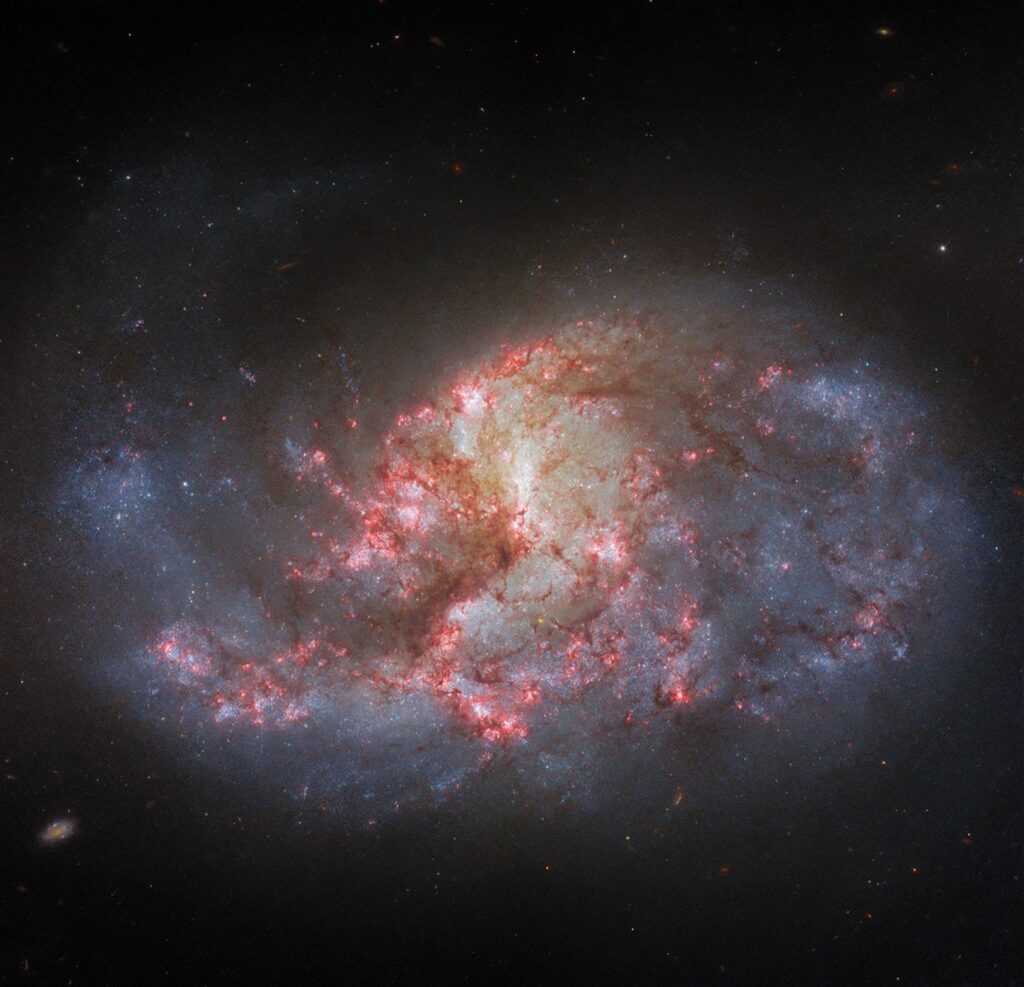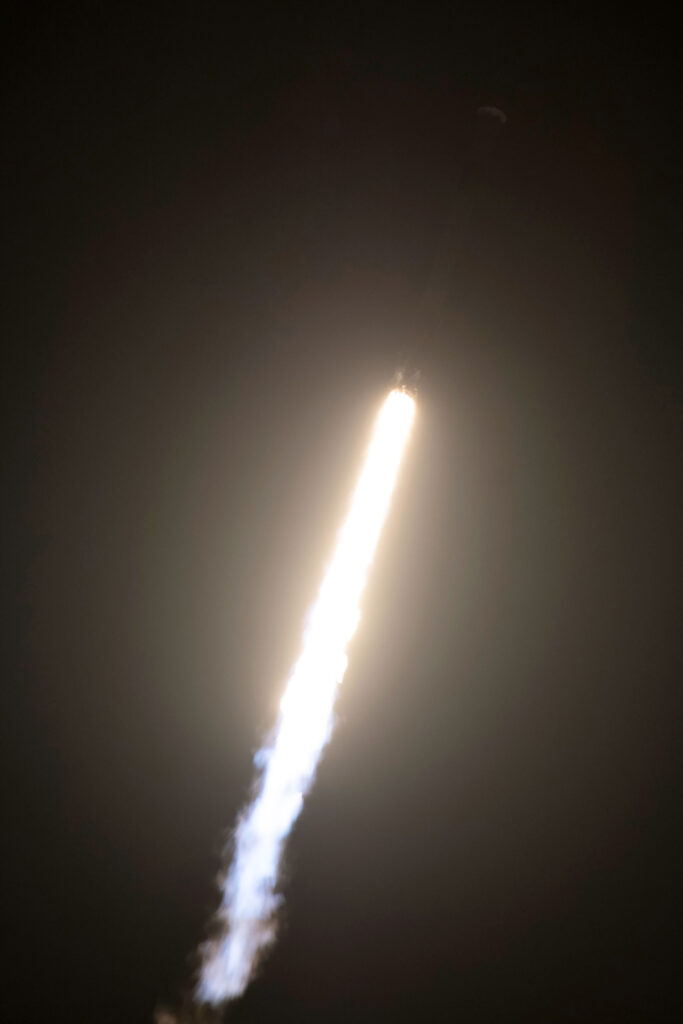The longest partial lunar eclipse in more than half a millennium is coming up Friday (Nov. 19), and here’s where to watch it.
The Beaver Moon lunar eclipse will be visible in North America, South America, much of Europe, much of Asia, Australia, north and west Africa, the Pacific Ocean, the Atlantic Ocean, the Indian Ocean, and the Arctic, according to Time and Date. There also are several online broadcasts if you are clouded out in your region.
Lunar eclipses happen when the moon passes into the Earth’s shadow and are perfectly safe to view with your eyes, binoculars or a telescope. Depending on your location, you may be able to view the full eclipse or some phases of the eclipse, as we will explain below.
If you hope to snap a photo of the eclipse, here’s our guide on how to photograph the moon with a camera. If you need imaging equipment, our best cameras for astrophotography and best lenses for astrophotography have recommendations to make sure you’re ready for the next eclipse.
Related: Beaver Moon lunar eclipse 2021: When, where and how to see it
The partial eclipse phase will last 3 hours, 28 minutes and 24 seconds and the moon will be 97% covered at its peak.
The full eclipse will last for 6 hours and 1 minute, making it the longest partial eclipse in 580 years, according to Indiana’s Holcomb Observatory.
What time is the lunar eclipse?
Assuming your region is able to see the full eclipse, the penumbral eclipse (when the moon passes into the darker part of the Earth’s shadow) will start at 1:02 a.m. EST (0602 GMT), according to NASA. The partial eclipse, during which the moon goes into the umbra or the darker part of the Earth’s shadow, will start at 2:18 a.m. EST (0718 GMT).
Maximum eclipse is at 4:02 a.m. EST (0902 GMT), during which the moon may turn a dark red or a ruddy brown color. This is due to the refraction of light around the edges of the Earth, falling on to the moon’s face. Another way to think about it is you are seeing the reflection of sunrises and sunsets on the lunar surface.
| Event | EST | CST | MST | PST |
|---|---|---|---|---|
| Moon enters penumbra | 1:02 a.m. | 12:02 a.m. | 11:02 p.m. | 10:02 p.m. |
| Moon enters umbra | 2:18 a.m. | 1:18 a.m. | 12:18 a.m. | 11:18 p.m. |
| Maximum eclipse | 4:02 a.m. | 3:02 a.m. | 2:02 a.m. | 1:02 a.m. |
| Moon leaves umbra | 5:47 a.m. | 4:47 a.m. | 3:47 a.m. | 2:47 a.m. |
| Moon leaves penumbra | 7:03 a.m. | 6:03 a.m. | 5:03 a.m. | 4:03 a.m. |
Related Stories
The partial eclipse will end at 5:47 a.m. EST (1047 GMT) when the moon passes out of the umbra. Then the penumbral eclipse will complete at 7:03 a.m. EST (1203 GMT).
The entire eclipse is visible for most of North and Central America, and in the far east of Asia. Extreme eastern regions of the Americas may only view the eclipse before the moon exits the umbral phase.
South America will see most of the eclipse before moonset. Europe and western Africa will see some of the eclipse at its start; a moonrise eclipse will allow partial visibility in central Asia, the southern Pacific and Australia.
Related: Phases of the Beaver Moon partial lunar eclipse explained

You can find more details about how the eclipse will look from your specific location using Time and Date’s interactive eclipse map.
Editor’s Note: If you snap an amazing night sky picture and would like to share it with Space.com’s readers, send your photos, comments, and your name and location to spacephotos@space.com.
Follow Elizabeth Howell on Twitter @howellspace. Follow us on Twitter @Spacedotcom and on Facebook.


